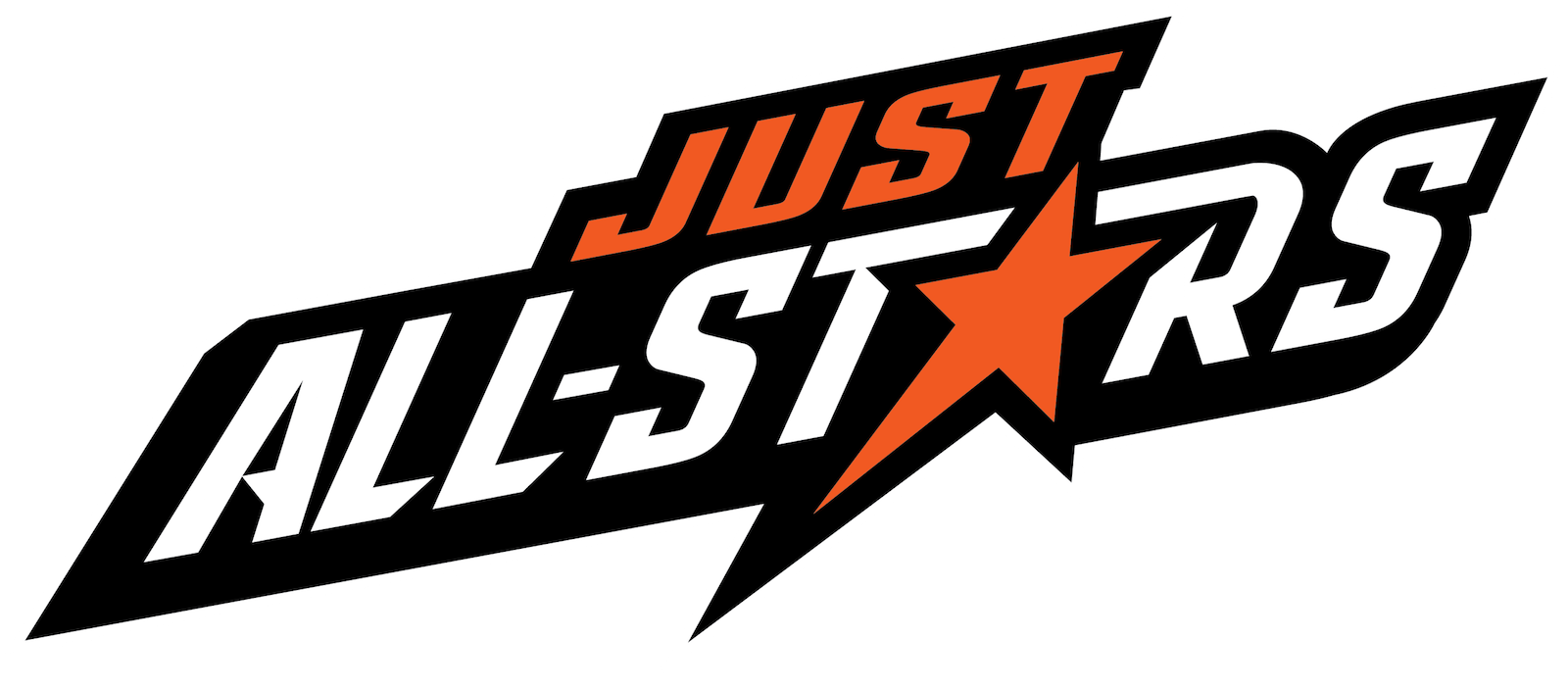
What Shoes to Wear to the Gym
It’s a mistake to assume that the shoes you wear to the gym don’t matter, even though in fitness fasciitis, you can often see people wearing everything from flip-flops and sandals to official dress shoes. For many exercises, the kind of shoe you wear is essential to maintain proper form, being able to protect yourself from injuries, and, lastly, for feeling more comfortable while you’re working out.
Most people wrongly assume that running shoes are also great shoes for functional training, bodybuilding, and powerlifting. The fact is, this couldn’t be further from the truth, and this running blog sheds light on all the key differences if you want to learn more about them.
Having said that, let’s talk more in-depth about what kind of shoes you should be wearing to the gym and why they matter for the effectiveness of your workouts.
Table of Contents
3 Types of Shoes to Wear to The Gym
Obviously, wearing running shoes to the gym is quite popular, and many choose to do it despite it being far from the best option for strength training. But if we eliminate running shoes from the conversation, then what other kinds are left out there to purchase? Well, in the next paragraphs, we’re going to give you several examples of shoes you can buy for the gym.
1.Flat Sole Sneakers
Popular sneakers like Vans, Converse, the Nike Blazer, and basically any shoe that has a completely flat sole with zero heel drop are great options for strength training. These shoes have no cushioning, so they enable you to stand firmly on the ground – that’s particularly vital for exercises like the deadlift, squat, and other compound movements as it allows you to maintain your balance, regardless of how heavy the weight is. With traditional running shoes, because of the heel drop, you’re rocking back and forth, a feature very useful for running as it properly you forward, but not great for weightlifting as it can lead to you getting injured. Another reason why you should get yourself a pair of sneakers for the gym is that they’re multipurpose and relatively cheap – you can use them for going out and for the gym so that you don’t have to spend extra money.
2.CrossFit Shoes
If you want to get a pair of shoes that are great both for doing any type of cardio and strength training, then the models suitable for CrossFit are the ones for you. They’re made with a slight heel drop, and they provide just enough cushioning so that you can comfortably run, jump, and bike. Along with that, they’re stiff enough and stable enough to give you the needed stability for all kinds of strength training, including Olympic lifts. Currently, three brands produce CrossFit or functional fitness training shoes – Reebok, Nike, and NoBull and their prices range from $120 up, making them an investment if you decide to get a pair. Now, it’s key not to get these shoes confused with weightlifting lifters – those are two separate types of footwear, and wearing weightlifting shoes for everyday training is definitely not recommended.
3.Barefoot Shoes
In recent years, barefoot shoes have become more and more popular as they allow us to train our feet and rely on them for support. When doing strength training with these kinds of shoes, it’s essentially the same as if you were working out in your socks – it’s not inherently dangerous and it can help with strengthening the muscles around your ankles as well. Another benefit of barefoot shoes is the fact that they allow your toes to spread and your feet to take their natural position when you’re walking and training – in the beginning, this might feel uncomfortable, but after a while, you will get used to the sensation and your feet will have adapted to the higher workload they’re required to do. With that said, one major disadvantage of barefoot shoes is that they make your feet hurt when doing cardio, especially when you’re still adapting to them. That’s because, unlike all other shoe models, these don’t actually have any cushioning, and they provide no support for the foot, so when your feet hit the ground during running or jumping, you will feel the impact more strongly.
In Conclusion
Hopefully, by the end of this article, you’ve learned enough about what kind of footwear is suitable for the gym. You now know that even though most people assume running shoes are the perfect option for any workout, the reality is that couldn’t be further away from the truth. So, if you’re planning on starting to train or you’re already in a workout program, then you should consider getting a special pair of shoes that are designed for the type of movements you’re doing in your training.
